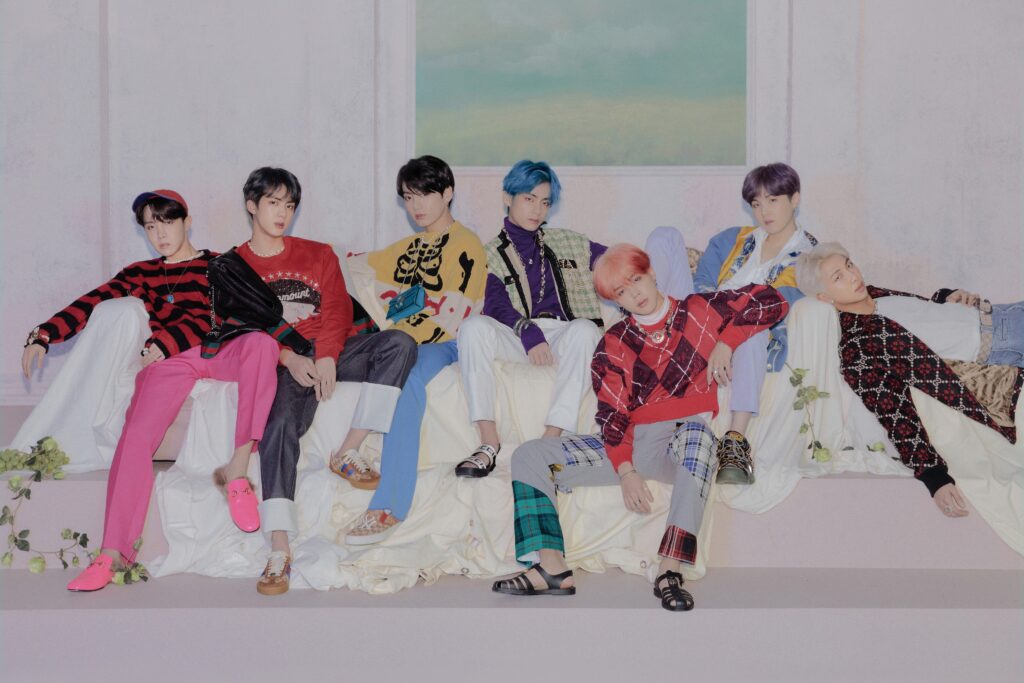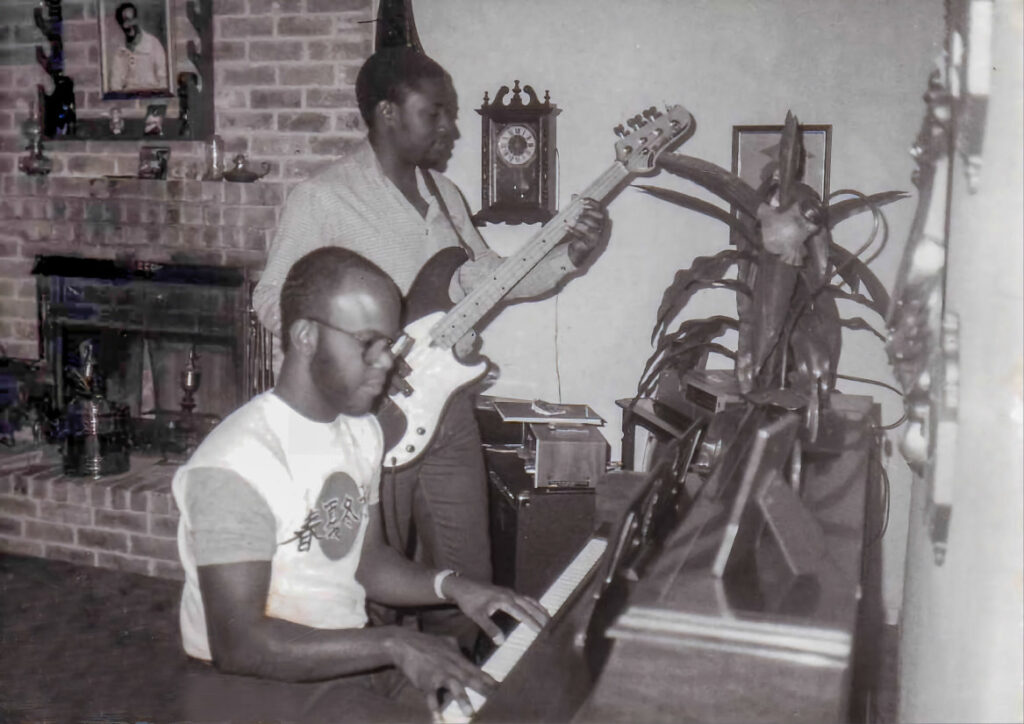POST-ROCK: WHEN MUSIC EVOLVES
Written by Emily O'Brien on September 5, 2023
It’s difficult to make anything original these days. So many stories have already been told, good ideas have already been taken, and it seems like we’ve nearly exhausted every melody possible to make out of the twelve notes available to us. To artists of all persuasions (and even to consumers), this realization can be daunting. It feels impossible to do something that hasn’t already been done at some point during the broad expanse of human history. But is it important to create something utterly original?
A great deal of art responds to other pieces of art. Take, for example, the music genre post-punk. Punk itself came into fruition in the 70’s as a way to protest how commercial rock music had become. It burned hard and fast; the crux of the genre came and gone within a five-year period. By the 80’s, the movement began to fade. Its influence was far from gone, however, and from its smoldering ashes rose post-punk.
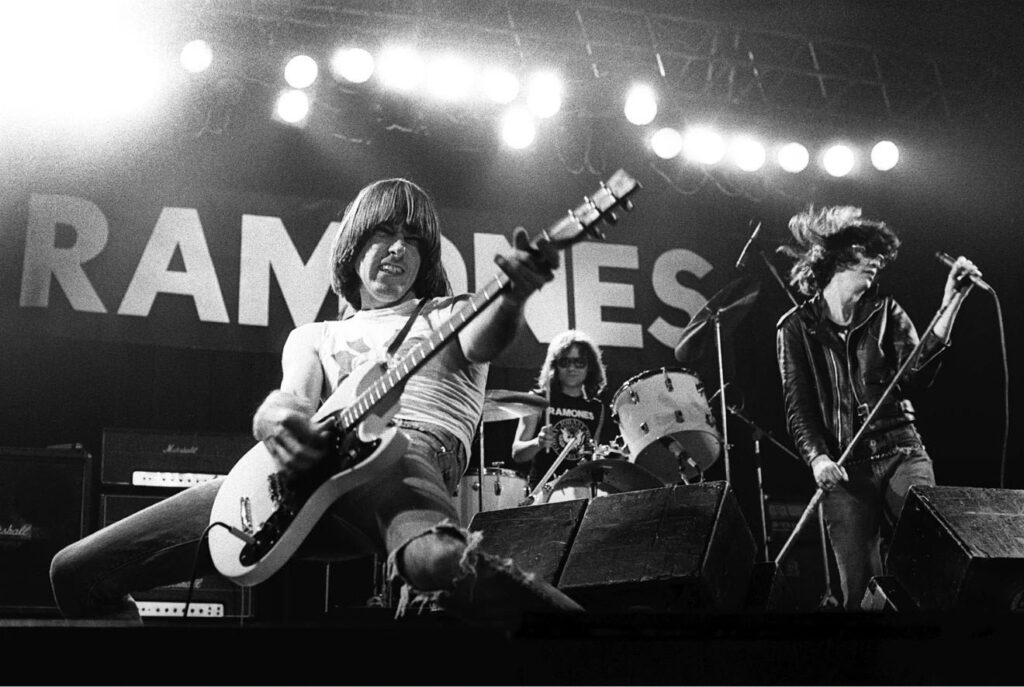
Post-punk reacted to the punk-rock movement. The influence appeared in the DIY ethics and electric energy created by the performers. However, post-punk artists broke away from the formulaic songwriting of their punk predecessors. Post-punk artists experimented heavily and took inspiration from many genres, such as electronic and dance.
Something new came out of something that had already existed. Post-punk artists like Talking Heads, Joy Division, and Siouxsie and the Banshees didn’t appear fully formed on their own. They were born from punk, which was in turn born from garage rock, which was born from blues music, and so on. These artists didn’t need to make something wholly original. New and interesting forms of music are often built up from the dregs of movements that came before.
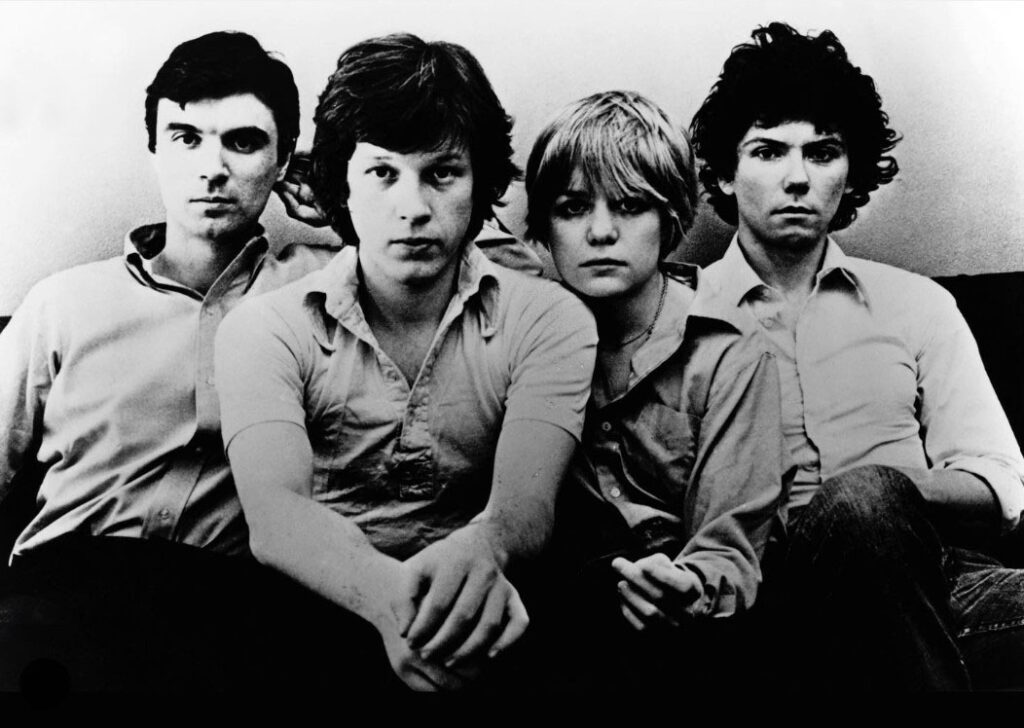
This can happen in any conceivable genre. Rock and roll music emerged in the 50’s and has ebbed, flowed, and changed drastically since then. One rock sub-genre that emerged in the 90’s particularly interests me: post-rock.
Although you could argue rock music hasn’t “died” in the way that punk music has, post-rock bears similarity to post-punk in that it reacted to a genre that preceded it. Furthermore, post-rock, like post-punk, wasn’t created on purpose by bands as a fully fleshed-out genre. However, critics retroactively assigned it to music.
Post-rock interests me simply because of how weird and varied it is. Another thing it shares with post-punk is that it took an existing genre and made it experimental and plain weird. In my opinion, however, post-rock knocked it out of the park.

While there is a lot of variation in post-rock artists (and even some contention between listeners about what the genre really is), people generally agree that the genre takes the same instruments and the same approximate sound as rock. However, instead of creating strong riffs and vocals, post-rock artists create stripped-down music that highlights texture and timbre above all else.
There’s often a heavy focus on instrumentation rather than vocals. In 1991, the originally-synth-pop group Talk Talk released Laughing Stock. This seminal work is largely credited as the first post-rock album. The backbone of this album is its incredible, atmospheric instrumentals. There’s a sense of negative space, with some long pauses and often minimalist composition. There are still vocals and coherent lyrics on this album, but rather than existing to tell a clear narrative, the vocals are present to add to the sound. The grammar is off, and the pronunciation is sometimes almost slurred. The vocals are primarily another instrument: a tool to create tone.
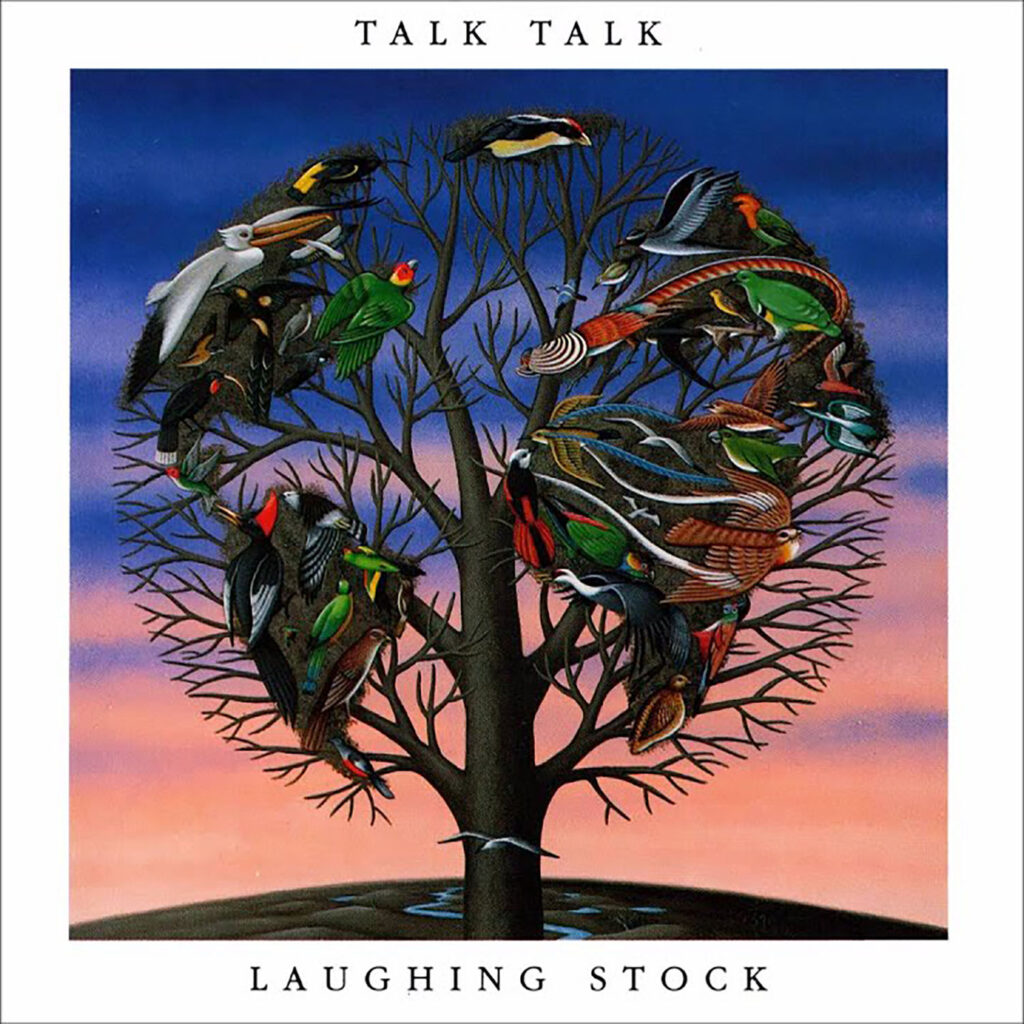
The Icelandic band Sigur Rós, another post-rock group, experiments with vocals. Similar to dream-pop group Cocteau Twins’ nonsensical lyrical style, Sigur Rós created their own language in which to sing. This style can even be compared to scat singing in jazz, in which musicians make sounds that resemble the rhythm and melody of the music in order to create interesting harmonies.
Post-rock is an ephemeral genre, with a lot of variation within it. Sigur Rós is one of the more popular groups in the genre, and their music is dreamy, almost ambient. Artists like Slint and Moonshake, who both have a much noisier sound, are also categorized as post-rock. Even just between Slint and Talk Talk, two of the first post-rock bands in the early 90’s, sound widely varies. Still, the two groups share a focus on creating thematic soundscapes within their music, and they incorporate occasional explosions of powerful dissonance that contrast with previously minimalist songs.

It’s difficult to pin down the exact meaning of post-rock, which is part of why it interests me. The term itself can be credited to music critic Simon Reynolds in his description of Bark Phsychosis’ Hex (incidentally, one of my favorite albums), but Reynolds himself doesn’t claim the term is his alone. In fact, its earliest use was in 1967 when it was used to describe the Beatles!
While it may be hard to create something wholly original, it’s certainly not hard to find things that are new to you. I was introduced to post-rock music fairly recently through the album F♯ A♯ ∞ by Godspeed You! Black Emperor. It’s another staple of the genre that you should definitely check out, and the album stunned me. I wanted to hear more music like it. Although post-rock is a broad genre (maybe too broad), it’s led me to find interesting music that I may not have discovered otherwise.
If you’re interested in experimental music, check out post-rock. I recommend starting with Laughing Stock or F♯ A♯ ∞, and following the weird path from there. There will always be something out there that’s new to you!



